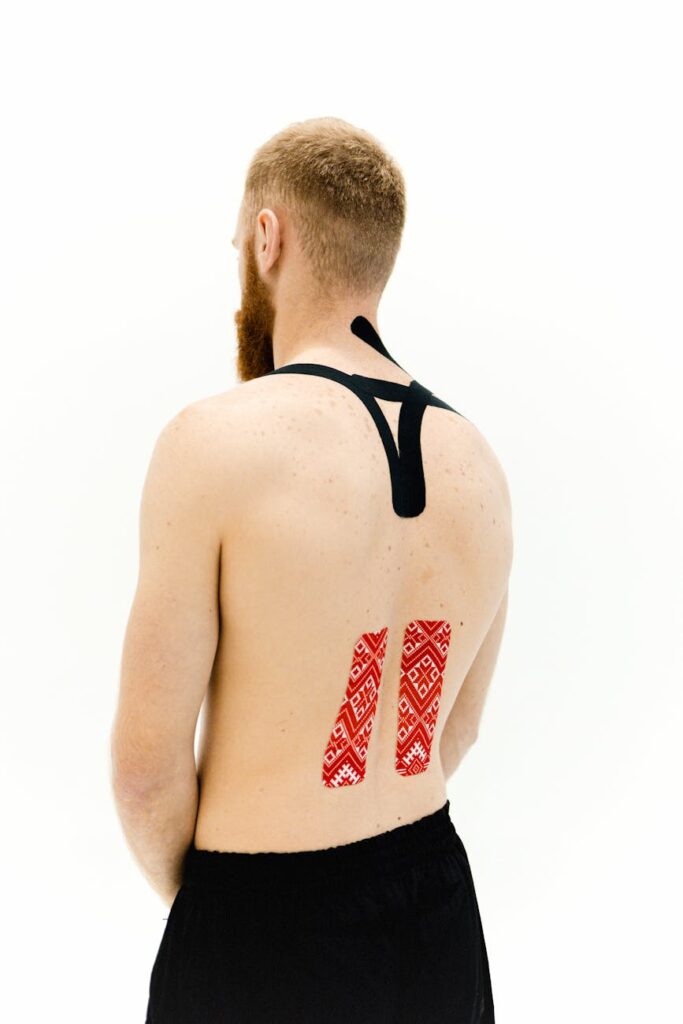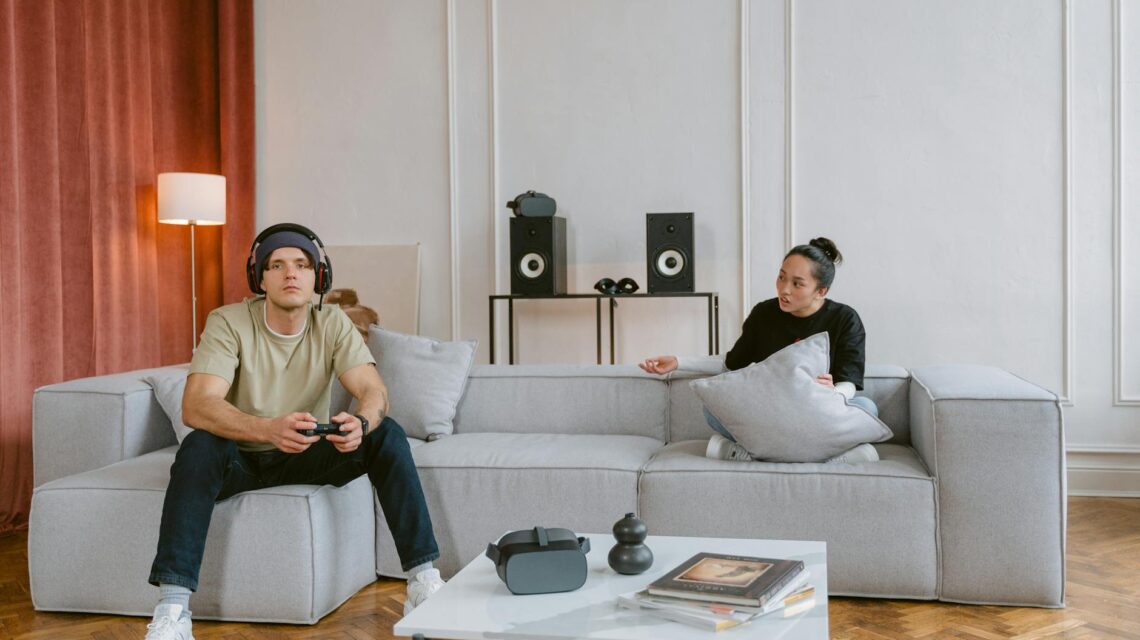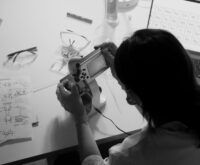Beyond the Game: How Virtual Reality is Reshaping Therapy and Training
Remember when video games were just… games? A fun escape, a way to slay dragons or race supercars from the comfort of your couch. It’s funny how fast things change. That same core technology—the power to create and immerse us in believable, interactive worlds—has grown up. It’s no longer just about entertainment. We’re now seeing the powerful application of Virtual Reality Therapy and training, a field that is fundamentally changing how we heal our minds and train for the most critical jobs in the world. It’s about putting on a headset and stepping not into a fantasy world, but into a meticulously crafted environment designed for growth, healing, and learning. And it’s working.
Key Takeaways
- Safe Exposure: VR allows patients to confront fears, phobias, and traumatic memories in a controlled, safe, and private environment, forming the core of modern exposure therapy.
- High-Stakes, No-Risk Training: Professionals like surgeons, pilots, and firefighters can practice complex, dangerous procedures and scenarios repeatedly without real-world consequences.
- Accelerated Learning: Immersive, hands-on learning in VR leads to better knowledge retention and faster skill acquisition compared to traditional methods.
- Empathy and Soft Skills: VR can place users in someone else’s shoes, providing a powerful tool for developing empathy, communication, and leadership skills.
- Accessibility and Data: While initial costs can be a barrier, VR offers scalable training and therapy solutions while providing rich data on user performance for analysis.
The Therapeutic Power of a Headset: Healing the Mind in a Digital World
Let’s get one thing straight. This isn’t about replacing therapists. It’s about giving them a powerful new tool. The magic of VR in a therapeutic context lies in a concept called “presence.” It’s the brain’s genuine feeling of *being there* in the virtual environment. When you’re standing on a virtual skyscraper’s edge, your palms sweat. Your heart races. Your brain, on a fundamental level, believes the experience is real. Therapists can leverage this psychological buy-in to create incredible breakthroughs.

Confronting Fears in a Safe Space: Exposure Therapy Reimagined
Exposure therapy is the gold standard for treating anxiety disorders, especially phobias and PTSD. The idea is simple: gradually and repeatedly expose a person to the thing they fear until the fear response diminishes. The problem? It can be difficult, expensive, or downright impossible to do in real life. You can’t just summon a thunderstorm on demand for a patient with astraphobia, or repeatedly book flights for someone with a fear of flying.
This is where Virtual Reality Therapy changes the game completely. A therapist can design and control the entire scenario.
- Fear of Heights (Acrophobia): The patient starts in a virtual glass elevator. At first, it only goes up one floor. Then five. Then ten. They can walk out onto a virtual balcony, look over the edge, and habituate to the feeling, all while the therapist is right there with them, guiding their breathing and reactions. The risk is zero, but the psychological processing is 100% real.
- Fear of Public Speaking (Glossophobia): Imagine practicing your big presentation not in front of a mirror, but in front of a virtual audience of 100 people. You can program them to be friendly, bored, or even distracting. You get to practice managing your anxiety and delivering your message in a setting that feels incredibly real, allowing you to build confidence before the actual event.
- Fear of Spiders (Arachnophobia): Instead of starting with a real spider, a patient can start with a cartoonish, stationary spider in the far corner of a virtual room. Over time, it can become more realistic, move closer, or even be held in a virtual hand. The entire process is gradual, controlled, and tailored to the patient’s exact tolerance level.
Processing Trauma and PTSD
For veterans and others suffering from Post-Traumatic Stress Disorder, VR offers a way to revisit and re-contextualize traumatic memories. It’s not about reliving the trauma for its own sake. It’s about processing it. Under the guidance of a clinician, a veteran might be placed in a virtual environment that mimics the setting of a traumatic event—a desert road, a bustling marketplace. The therapist can control the stimuli, helping the patient confront triggers in a structured way that robs them of their power. It’s a difficult process, but for many, it’s a path toward reclaiming their lives from the grip of the past.
Beyond the Clinic: Forging a New Generation of Professionals with VR Training
The same principles of immersion and safe failure that make VR so effective for therapy are revolutionizing professional training. Learning by doing is always more effective than learning by reading. VR is the ultimate “learning by doing” platform, allowing trainees to build muscle memory and decision-making skills in perfectly simulated environments.
High-Stakes, No-Risk: Surgical and Emergency Response Training
Some jobs don’t have room for error. A mistake by a surgeon, a firefighter, or a bomb disposal expert can have catastrophic consequences. Traditionally, training for these roles involved a lot of theory, observation, and limited hands-on practice on expensive, difficult-to-procure models or cadavers.
VR flips the script. A medical student can now perform a complex heart surgery dozens of times on a hyper-realistic virtual patient before ever stepping into an operating room. They can feel the haptic feedback through controllers, encounter unexpected complications programmed into the simulation, and learn from their mistakes without harming anyone. Fire departments use VR to train for hazardous material spills or complex building fires, allowing them to practice teamwork and decision-making under pressure in scenarios that would be too dangerous to replicate in the real world. You can crash the plane in the simulator. You can make the wrong incision on the virtual patient. Failure becomes the best teacher, and in VR, it’s a lesson without a cost.
“The ability to practice a rare and dangerous event over and over again until the response is second nature is the holy grail of training. VR delivers that grail to us today, not in a decade.”
Building Better Humans: Soft Skills and Empathy Training
It’s not all about technical skills, either. Some of the most exciting applications of VR training are in the realm of “soft skills”—communication, leadership, and empathy. How do you teach a manager to handle a difficult conversation with an underperforming employee? How do you train customer service staff to de-escalate an angry customer? You let them practice.
In a VR simulation, you can have a conversation with an AI-driven avatar that has been programmed to be confrontational, upset, or confused. The trainee can try different communication strategies and see the immediate outcome. The system can even provide feedback on their tone of voice, body language, and word choice.

Even more profound is the use of VR for diversity, equity, and inclusion (DEI) training. Instead of just talking about unconscious bias, companies can put employees into a virtual scenario where they experience the world from a different perspective—perhaps as a person of a different race or gender facing microaggressions in a meeting. This ability to literally walk a mile in someone else’s shoes can foster a level of empathy and understanding that a PowerPoint presentation could never hope to achieve.
The Challenges and the Road Ahead
Of course, it’s not a perfect utopia just yet. There are hurdles to overcome. The cost of high-end headsets and developing quality software can be significant. Some users experience motion sickness, or “cybersickness.” And most importantly, the technology is only as good as the human guiding it. A VR therapy session requires a skilled therapist who understands both the psychology and the technology. A training module needs to be designed based on sound pedagogical principles, not just cool graphics.
But the technology is getting cheaper, better, and more accessible every day. Wireless headsets are removing physical tethers, and software platforms are making it easier for non-developers to create meaningful content. We are standing at the very beginning of this revolution. The potential to provide accessible mental healthcare, to make our workplaces safer and more efficient, and to make us more empathetic human beings is immense.
Conclusion
Virtual reality has officially broken out of the entertainment box. It has become a serious, powerful tool with the potential to rewire our brains for the better. Whether it’s helping a veteran find peace, empowering a student to overcome their fear of public speaking, or training a surgeon to save a life, VR is providing a new dimension of human experience. It’s a safe space to fail, a powerful place to learn, and a new frontier for healing. The worlds it creates may be virtual, but the impact it’s having on our reality is profoundly real.



 Tech Solutions for the Global Water Crisis
Tech Solutions for the Global Water Crisis  Blockchain & IoT: The Future of Supply Chain Management
Blockchain & IoT: The Future of Supply Chain Management  Nanotechnology Explained: A Guide to the Science of Small
Nanotechnology Explained: A Guide to the Science of Small  What is Synthetic Biology? A Guide to Engineering Life
What is Synthetic Biology? A Guide to Engineering Life  Water Desalination Technology: Turning Oceans into Faucets
Water Desalination Technology: Turning Oceans into Faucets  What Is Edge Computing? A Simple Guide to Why It Matters
What Is Edge Computing? A Simple Guide to Why It Matters  How to Set Up a Node: The Ultimate Guide
How to Set Up a Node: The Ultimate Guide  Crypto Arbitrage Trading: A Beginner’s Guide (2024)
Crypto Arbitrage Trading: A Beginner’s Guide (2024)  The Business of NFTs: How Top Brands Are Using Them
The Business of NFTs: How Top Brands Are Using Them  What Are ZK-Proofs? A Guide to Blockchain Privacy
What Are ZK-Proofs? A Guide to Blockchain Privacy  DeFi’s Hurdles: Security, Scalability & Regulation
DeFi’s Hurdles: Security, Scalability & Regulation  How to Read a Crypto Whitepaper: A Beginner’s Guide
How to Read a Crypto Whitepaper: A Beginner’s Guide